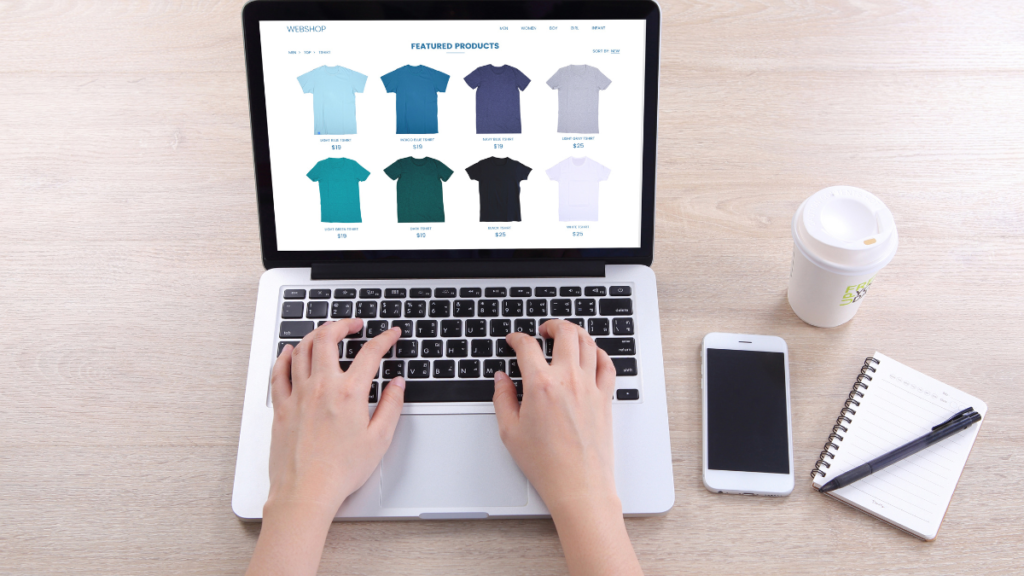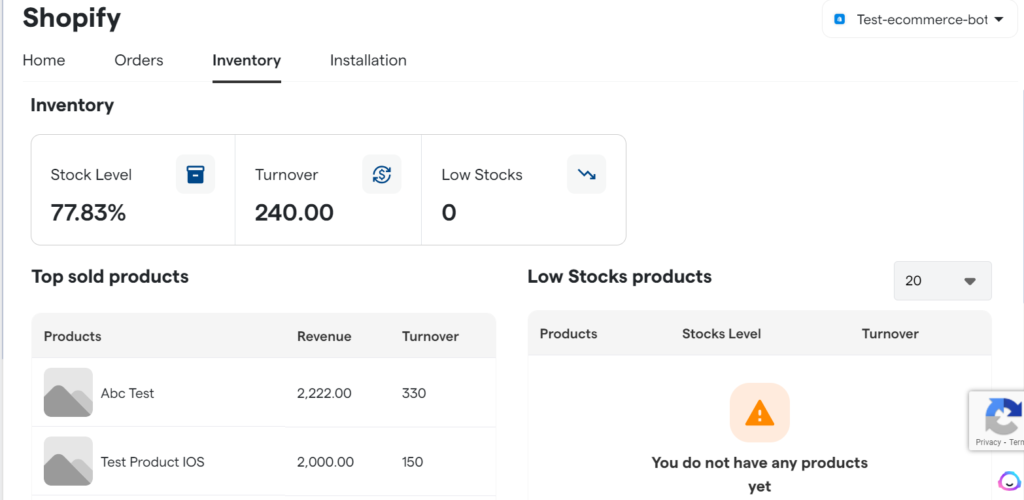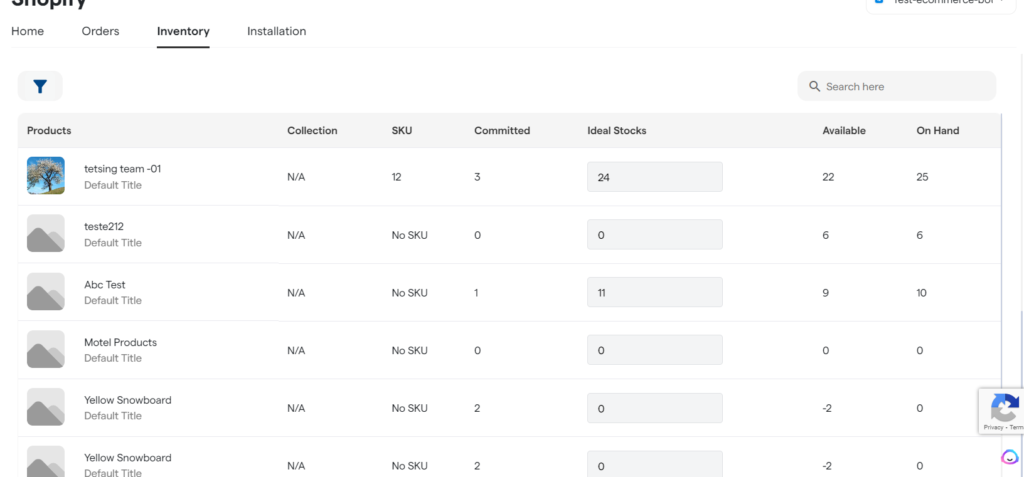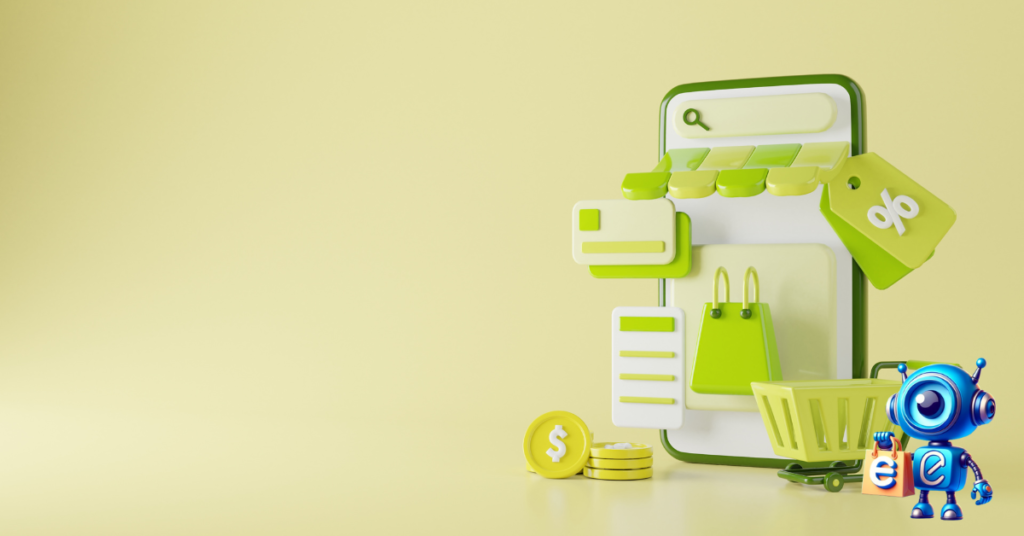In today’s digital world, it’s essential to understand how to do business online. There are two standard methods, including e-commerce and dropshipping.
According to Grandview Research, the e-commerce and dropshipping industries are forecast to reach $17,750.52 billion and $1.253.79 billion, respectively, in 2030.
One of the biggest challenges when launching your online business is deciding whether to drop ship or embrace a more traditional e-commerce model.
These two may look similar, but they are different in the real sense. Despite both methods dominating the Internet, they work in various ways.
So, What’s The Difference Between eCommerce And Dropshipping?
In this blog, we will examine the two methods of online business. We will explain how they work and what makes them different to help you determine the best for you.
Table of Contents
What is e-commerce?
E-commerce, or online shopping, sells goods or services via the Internet.
Traditionally, this means the online store owners manufacture or source the goods, manage them, and sell them to buyers online.
E-commerce is an umbrella term covering a broad range of online transactions, including online retail shopping, online auctions, and electronic payments.

Various forms of e-commerce exist within the market segments, with the most common types being B2C (business-to-customer) and B2B (business-to-business).
The e-commerce model has grown over the years, with an increasing number of businesses moving to online operations due to the possibility of more growth and convenience.
E-commerce allows businesses to find new markets, and customers can find products they need hassle-free.
It has also revolutionized how online store owners track sales and inventory and manage their cash flows.
E-commerce is an online storefront version of the brick-and-mortar store. A store owner must create a website where customers can browse and order their desired products or services.
They should ensure customers navigate the website smoothly to find what they are looking for faster and more efficiently.
The website should also have filters to narrow down results and other helpful features like shopping carts, order histories, wish lists, and customer accounts.
Pros of e-commerce
- E-commerce is broad. With e-commerce, business owners can reach a wider audience globally without being limited by physical locations or operating hours.
- Reduced expenses: The model reduces the need for physical set-ups, eliminating extra overhead costs such as rent, utilities, and upkeep. Businesses can flexibly tag competitive prices on their products and make a lot of profits.
- Convenience: Operating online eliminates the need to travel to physical stores. Customers can shop from anywhere, at any time, using any device.
- Improved data analytics: Online store owners can observe customers’ preferences, purchasing trends, and general behavior. This data helps them improve their marketing strategy and customer experience.
- Vast marketing opportunities: In e-commerce, firms have comprehensive and less expensive marketing channels, including email marketing, social media marketing, and SEO.
Cons:
- Eliminates personal interactions with customers, making it harder to create rapport and trust with customers.
- Customers can only evaluate the items after buying them.
- Shipping and fulfillment can be complex and time-consuming, especially for beginners.
- There’s intense rivalry in e-commerce, making it a headache to stand out.
What is dropshipping?
Dropshipping is an e-commerce business in which online retailers sell items without holding inventory. The store owner doesn’t have to have a spare room to keep stock for sale. Instead, they take orders from customers and source the products from the supplier, who ships the orders directly to the customers.
You become the middleman and can charge more on top of the items.
Like in e-commerce, you need to own an online store, but when orders come in, transfer them to the supplier of your choice, who carries out the fulfillment process on your behalf.

This model is the best option for starters or small businesses operating on low funds.
This is because dropshipping requires low start-up costs and allows merchants to test various products before they commit to stocking them.
People with existing businesses can also venture into dropshipping as a side hustle or a way of adding more products to their lineup.
Clothing, car accessories, beauty products, tools, and other impulse buys are examples of products that work well in dropshipping.
Pros for dropshipping:
- No overhead costs: Dropshipping eliminates overhead costs such as administrative fees, warehouses, and storage, saving you money on other bills.
- Budget-friendly: You don’t have to buy items for sale in advance. This means that you can start the dropshipping business on a low budget.
- Low risk: since you don’t have to purchase products upfront, there’s a reduced risk of getting stuck with unsold items.
- Multiple options: You can sell products on various platforms or marketplaces and reach a wider audience.
- Flexibility: You can sell your chosen products from anywhere, using any device, as long as you can access the Internet.
- Scalability: You can grow your business quickly and effectively without worrying about expansion overhead costs.
- Wide product choice: Dropshipping allows merchants to sell a broader range of products and a more diverse product selection without worrying about holding stock.
Cons:
- Dropshipping offers low profit margins, making it difficult to stand out from other stores that don’t dropship.
- The online store owner needs more control over the quality of their products. This is because they don’t physically interact with the products and can deliver low-quality products, harming their store’s reputation.
- Dropshipping is popular, attracting so many merchants. This can make it difficult to stand out.
- Challenges in managing inventory may arise, especially when products are out of stock, and you are forced to cancel orders.
- Sometimes, shipping costs may increase, especially when a merchant purchases products from different suppliers. This leads to reduced profit margins, making it difficult to offer competitive prices.
- Merchants experience difficulties with customer service since they aren’t directly involved in fulfillment and shipping.
Ecommerce and dropshipping: What makes them different?
At this juncture, you better understand e-commerce and dropshipping business models, including their benefits and drawbacks.
Let’s now look at the elephant in the room.
Why are the two models different? As we’ve seen, dropshipping is an alternative online business for e-commerce. So, what are the dimensions of their differences?
Physical Premises
In e-commerce, you might be forced to have a store or a warehouse to keep your inventory. This can be a rented space or a garage, depending on the size of your operation.
You might also need an office where you’ll perform your administrative tasks, such as marketing and product packaging.
Dropshipping, however, allows you to operate within a minimal space. You would only need a warehouse if you have inventory to manage.
You can dropship comfortably from your home office while focusing on marketing and customer service.
Inventory Management
In e-commerce, you are like a shopkeeper who buys products in bulk and keeps them on hand. You must track stock levels, stay supplied, and avoid having too much stuff around (overstocking).
This requires more work but gives you control over quality and shipping.

In dropshipping, you operate more like a middleman.
You don’t hold any inventory yourself. Instead, you rely on a supplier to store and ship products directly to your customers.
You don’t have to worry about stockouts but have less control over product quality and shipping times.
Costs
Starting an e-commerce business requires more upfront investment. You’ll need to buy products in advance, which ties up your money.
Depending on your product and volume, you might also need to rent storage space. You also need money to cover other expenses, such as packaging and shipping.
Starting is cheaper since you don’t hold inventory in a dropshipping business.
You will only need a small initial purchase of products or a little storage space. However, since you have less control over product margins, you might invest more in marketing and advertising to attract customers.
Level of risk
You shoulder a higher risk in e-commerce by investing in inventory that might not sell. This may lead to losses or the risk of dealing with damaged products and backorders.
In contrast, dropshipping has less risk. You don’t have to worry about unsold inventory or overstocking. You rely on your supplier to deliver the items directly to your customers.
Control over products
E-commerce allows you to be the boss of your products. Since you buy the products in advance, you can choose what to sell, set the price, and even source unique items. You also have the freedom to inspect the quality before shipping them out.

In dropshipping, you have less control. You rely on your supplier’s selection, so you might have limited choices or be stuck with products you’re not crazy about. Pricing is also less flexible since the supplier factors in their profit. You also have no control over quality checks before the product goes to your customer.
Profitability
E-commerce tags along higher profits, even though they can be trickier to achieve. While you can set your prices and markup, you have to cover inventory costs upfront and might incur storage fees. The catch in e-commerce is that success depends on managing inventory well and selling products at competitive prices.
On the other hand, dropshipping is more accessible to start but requires high sales volume to make good profits due to lower margins. The supply chain may also cost you more as you may be required to cater for fulfillment services.
Shipping and logistics
As the store owner, you are responsible for getting products from the warehouse to the customers. This means packaging orders, choosing shipping couriers, and dealing with issues. You have more control over shipping costs and speed, but this requires more work and potentially upfront costs for packaging materials.
For dropshipping, the supplier ships the orders directly to the customers. You don’t handle packaging or choose couriers. This frees up your time, but you need more control over shipping speed, costs, and the customer experience. You might also need more tracking information or branding on the packaging.
Customer Service
Since you deal with customers directly in e-commerce, you have direct control over how you serve them. This lets you offer them a more personalized service, improving customer satisfaction.
You can quickly answer product quality and packaging questions and provide faster solutions to any concerns raised.
In dropshipping, offering exceptional customer service can be trickier. You mostly rely on the supplier to handle customer service inquiries and may need more control over resolving shipping problems.
This makes it challenging to respond promptly to your customer’s questions or problems.
What’s The Difference Between eCommerce And Dropshipping?: In a Nutshell
Both drop shipping and e-commerce are profitable online businesses. The goal is to find the best model for you and your business.
While the two models are similar in some ways, they also possess some key differences. E-commerce may suit those with a store running and who want to move their operations online.
Dropshipping, on the other hand, best suits starters and small business owners who are looking to operate on low funds.
Each model comes with its own set of marketing challenges. Regardless of your chosen model, you must invest in social media marketing and SEO.
You can seamlessly manage social media posts by incorporating AI tools like Shopifybot.
You can try Ecommercebot for free; no credit card is required. You agree to turn your E-commerce business into a success story by clicking the image below.

The e-commerce Shopify AI bot can integrate with various social media channels, including Facebook, Slack, Messenger, and more. Streamline your e-commerce and dropshipping businesses with automation that will turn your losses into wins.
Frequently Asked Questions (FAQs)
What is dropshipping?
Dropshipping is an online business model where you sell products but never hold inventory. A supplier stores, packages, and ships the products directly to your customer.
What is e-commerce?
E-commerce is an online business model that requires you to run an online store and manage your inventory. This means buying products in advance, storing them, and fulfilling orders yourself.
Which one is the best dropshipping and e-commerce?
Both e-commerce and dropshipping can be profitable. You only need to choose one that suits your business goals. Dropshipping is easier to start but has lower profit margins and less control. E-commerce offers potentially higher profits but requires more investment and planning.
Can I switch from dropshipping to e-commerce?
Yes, you can switch from dropshipping to e-commerce if you like. You need to plan, buy inventory, and set up fulfillment.

